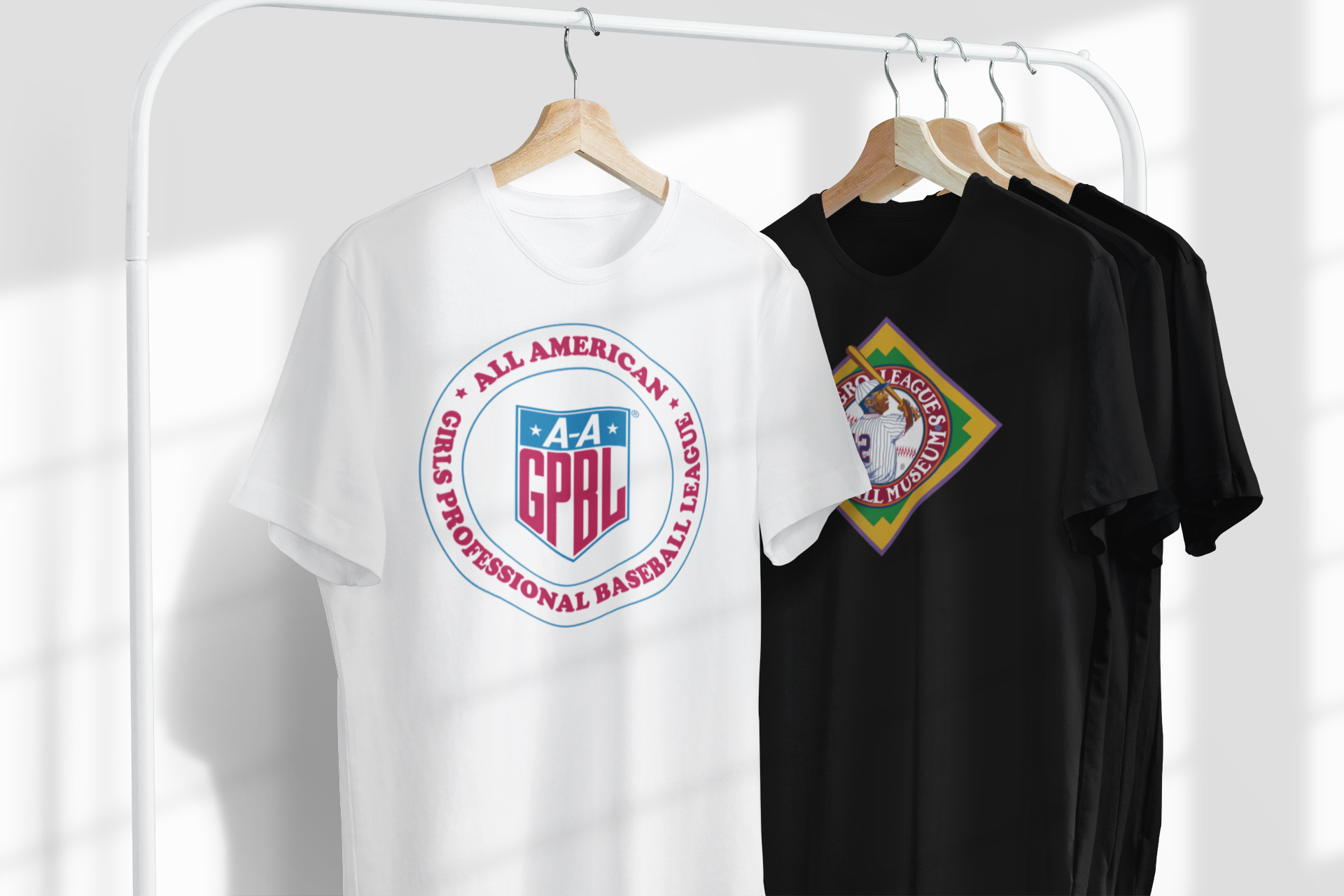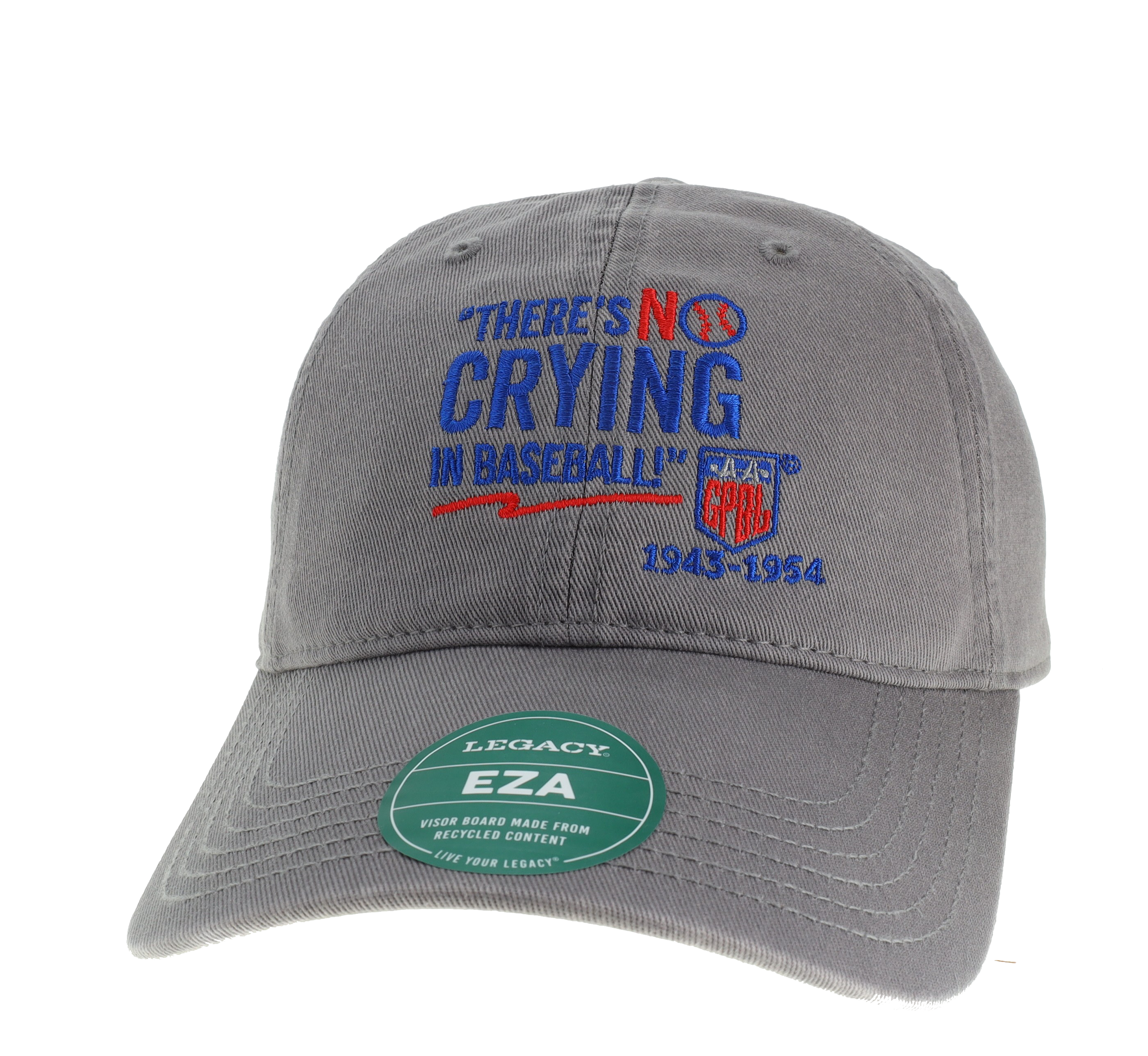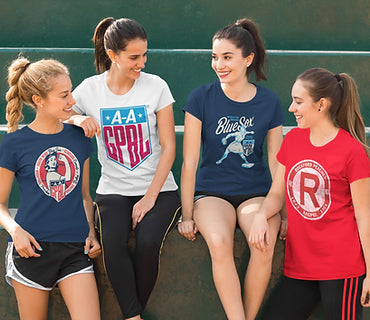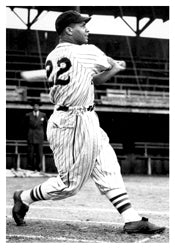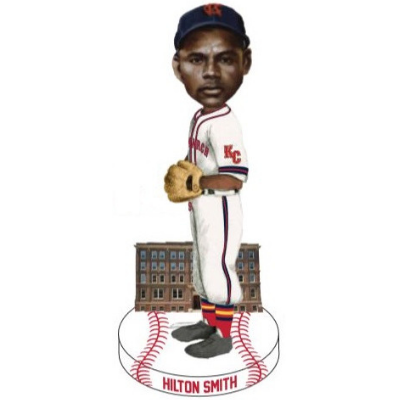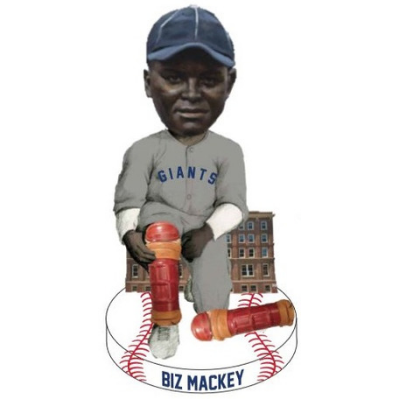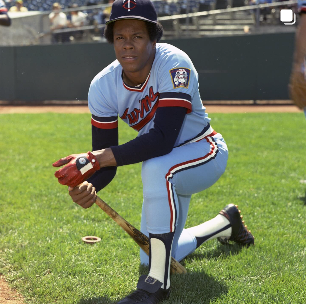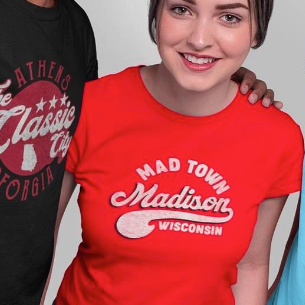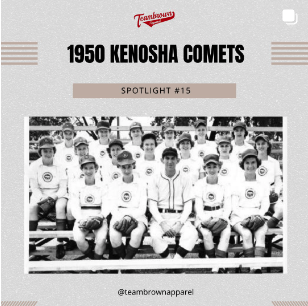This week we introduce you to the Negro League Centennial Team (1920 – 2020) which consists of 30 of the greatest African-American and Cuban players from 1895 – 1947.
From NLBemuseum.com - http://www.nlbemuseum.com/history/players/campanella.html
“Campy started playing for the Baltimore Elite Giants as a fifteen-year-old youngster, learning his trade from the great Biz Mackey, he developed into an outstanding catcher, earning a spot on the East squad in the 1941 All Star game being voted the game's MVP. After missing the next two East-West games because cause of his ventures into showcasing for the major leagues and playing in the Mexican League, Campy made two more All Star appearances, in 1944 and 1945, seasons in which he finished in the top half-dozen hitters in the league. In 1944 he led the league in doubles and compiled a .350 batting average.
That season, Campy even took a turn on the mound, ending with a no-decision even though his team got the win. That was the end of his "pitching career," but his next season's plate encore showed a .365 batting average while leading the league in runs batted in. The aggressive receiver's composite average in All Star competition was a resounding .364, and his lifetime average for his nine year Negro League career was .353.
As a high-school student he was invited by the Philadelphia Phillies to work out at Shibe Park, but when he arrived and they discovered he was black, the offer was rescinded. The setback was only temporary, and he began his career with the Bacharach Giants, a semi-pro team unrelated to the earlier team of the same name. Later he signed with the Elites in 1937 as a third-string catcher, playing only on weekends to spell his mentor Biz Mackey. The next year he quit school and began playing baseball full-time, but still as Mackey's understudy. In 1939 Mackey left the Elites for the Newark Eagles and Campy moved into the regular catcher's position, hitting eighth in the batting order. In a post-season four-team tournament the Elites upset the Homestead Grays to claim the playoff championship.

In 1940 he shared the catching duties with veteran Bill Perkins, and in 1941 he came of age as a hitter and catcher, moving into the fifth slot in the batting order. The next season Campanella received a telegram informing him that a tryout had been arranged with the Pittsburgh Pirates for him, teammate Sammy T. Hughes, and New York Cubans diminutive pitching ace David Barnhill. Before it could become a reality, owner Ben Benswanger reneged on the implied arrangement. However, later in the year the three players showcased for the major leagues in an exhibition game in Ohio.
At the time he left the team, Campanella was batting cleanup and the Elites were engaged in a tight pennant race with the Homestead Grays. He was assessed a $250 fine and an indefinite suspension by the management, which may never have been paid, but he was out of the lineup for a short but crucial time. Very shortly after this dispute with owner Tom Wilson, the young catcher jumped the Elites for the remainder of the season to play in Mexico, batting .296 in 20 games with Monterrey. The next summer season was spent in Mexico, where he hit .289 with 12 homers, 5 triples, and 24 doubles.
Campanella also often played in Puerto Rico and Cuba during the winter seasons. In 1940-1941, with Caguas, Puerto Rico, he hit .263 with 8 homeruns in only 171 at bats, and the following winter (1941-1942), hit .275 without a home run but with good extra base power. After an interim in which he hit .266 in his only winter in Cuba (1943-1944), he was back in Puerto Rico, where he played for Santurce (1944-1945) and San Juan (1946-1947) and hit .294 and .222 (in only 45 at bats).
In October 1945 he played on a black All Star team that played a five-game series against a major league team managed by Charlie Dressen, and was signed by the Dodgers shortly afterward.
Most experts agree that Campy could have gone straight to the majors, but instead he had to spend two and a half years in the minors prior to joining Jackie Robinson with the Dodgers in 1948. His time in the minors was spent with Nashua (1946), Montreal (1947), and St. Paul (1948), and, coincidentally, he hit 13 home runs each year while logging batting averages of .290, .273, and .325 and winning league MVP awards in both of his two full seasons in minors. The month spent at St. Paul was an unnecessary interruption of his major league career, and by the end of 1948 he was with the Brooklyn Dodgers to stay.
The compact right-handed slugger enjoyed a fabulous ten-year major league career during which he was selected to the All Star team eight consecutive years (1949-1956) and earned MVP laurels three times (1951, 1953, 1955) with seasons of .325 batting average, 33 home runs, 108 RBIs; .312 batting average, 41 home runs, 142 RBIs; and .318 batting average, 32 home runs, 107 RBIs, respectively.
In January 1958, after playing on five pennant winners with the "boys of summer," his career was prematurely shortened by a near-fatal automobile accident that left him paralyzed. In 1969, Roy was voted into the National Baseball Hall of Fame for his great career in the major league.”

#HistoryInYourSize

